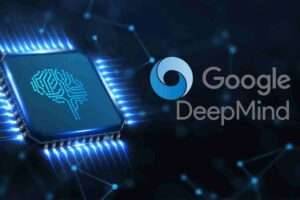In the era of big data, AI models have developed an insatiable appetite for massive datasets. Yet gathering such extensive data can be impractical, expensive, or downright impossible for many real-world applications.
Enter few-shot learning – an exciting new approach allowing AI models to learn concepts from just a handful of examples. With techniques that amplify limited data, few-shot learning promises to unlock new AI capabilities reaching far beyond today’s data-hungry systems.
Why Few-Shot Learning is a Game-Changer
Also known as low-shot learning, few-shot learning opens doors that were previously closed to AI:
- Enabling AI solutions for data-scarce fields like healthcare and robotics
- Slashing annotation costs and training times for model development
- Supporting lifelong learning where AI continually evolves from new experiences
By reducing data dependence, few-shot learning brings us closer to flexible and adaptable AI that learns more like humans.
Few-Shot Techniques: Making the Most of Limited Data
From smart data comparisons to generative data expansion, here are some of the techniques fueling the few-shot revolution:
Metric-Based Few-Shot Learning
Metric-based methods work by measuring similarities between new data points and the few available training examples. Algorithms like nearest neighbor classification and prototypical networks analyze these similarity metrics to make inferences about new data.
Model-Based Meta-Learning Methods
Model-based techniques take a higher-level approach by training a meta-learner model – a ‘learning to learn’ model that develops adaptable learning strategies from past experience. With this meta-knowledge, the model can generalize to new tasks rapidly with few examples.
Generative Models for Data Augmentation
Generative models like GANs can artificially expand limited training data by generating synthetic points similar to real examples. Combining this expanded dataset with few-shot learning techniques allows for more robust model training.

Groundbreaking Advances in Few-Shot Learning
Ongoing innovations are quickly expanding the few-shot frontier:
New Meta-Learning Algorithms
State-of-the-art meta-learning algorithms like Prototypical Networks and MAML (Model-Agnostic Meta-Learning) are achieving new performance heights on few-shot benchmarks.
Reinforcement Learning with Limited Environment Interaction
Applying few-shot techniques to reinforcement learning allows intelligent agents to learn optimal behavior while interacting minimally with environments during training.
Cross-Domain Adaptation
New methods enable adapting few-shot models to novel domains by transferring meta-knowledge from related domains, improving generalizability.
The Future: Overcoming Key Challenges
Despite the hype, some challenges remain for real-world few-shot adoption:
Scalability to Complex Tasks
Scaling few-shot techniques from simple datasets to diverse, nuanced real-world applications requires further research.
Algorithmic Bias and Fairness
Like any machine learning, few-shot models risk inheriting and amplifying biases from limited training data.
Model Interpretability
The complex inner workings of metric and meta-learners can remain opaque, hindering trust and accountability.
As pioneers address these challenges, few-shot learning is poised to drive an AI revolution built on flexible, efficient, andinclusive learning with limited data.
















Add Comment